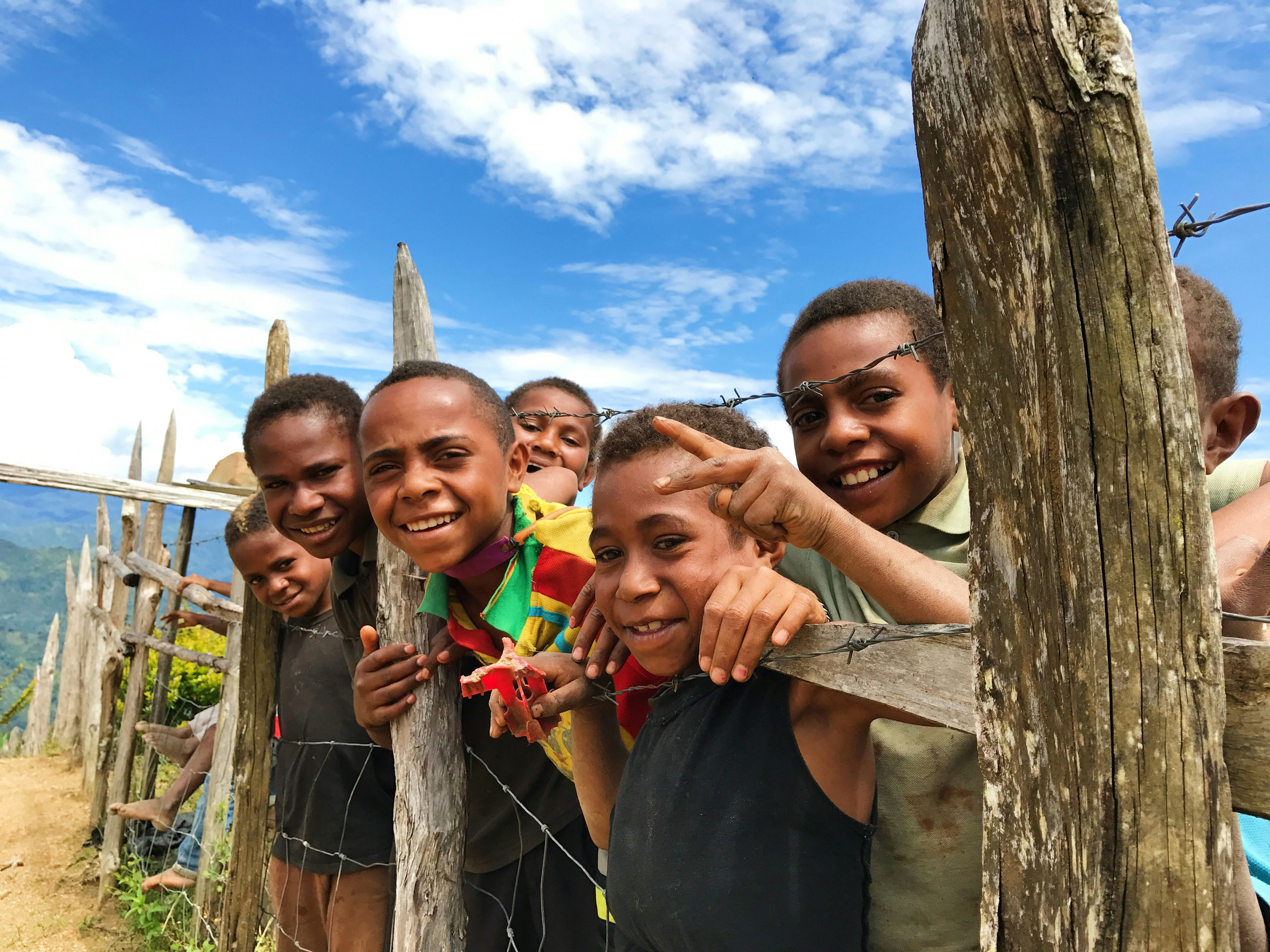
Dear Partners,
As we continue to live with COVID-19 disruptions, the recent China malaria-free certification is a global health silver lining. It is a testament to the critical need for strong health systems coupled with leadership to eliminate malaria. Most importantly, it is clear evidence that we could end pandemics if we do not take our foot off the pedal.
China’s 70-year victorious battle is armed with valuable lessons. Professor Zhou Xiaonong, of China’s National Institute of Parasitic Diseases (NIPD) and I recently shared the country’s success reflects the crucial role of cross-sector collaboration; targeted interventions for rural, high-risk and border areas; and having the right infrastructure in place.
For those of us working in malaria elimination in Asia-Pacific, it signals that we are on the right path. Since the inception of APLMA and APMEN, the region empowered sharing of best practices and collectively advocated for the strategies China has implemented. Tailoring best practice to local context is paramount. As we celebrate and learn from Sri Lanka and now China’s elimination journeys, amplifying these globally is equally critical to supporting other regions, whether they are in malaria control or transitioning to elimination phase.
Eliminating malaria is an essential development tool that has enormous potential health, social, and economic benefits beyond malaria itself—one that is uniquely equipped to combat other diseases. As we actively address the evolving COVID-19 crisis, let’s remain committed to our enduring mission.
We can end malaria - the oldest and most devastating pandemic - but we must remain steadfast.
Best wishes,
Dr Sarthak Das , DrPH
Chief Executive Officer
Asia Pacific Leaders Malaria Alliance
People’s Republic of China granted malaria-free certification by WHO
On June 30th 2021, APLMA, APMEN and the RBM Partnership welcome China’s achievement and the country’s notable contributions to the fight against malaria, while reflecting on the successes and learnings that can support malaria elimination across Asia Pacific and globally.
Read more

New nutrition and malaria thematic brief highlights need for integrated approach for effective case management
Preventable infectious diseases such as pneumonia and malaria account for one third of all under-five deaths. In Asia Pacific, 351 million people are still undernourished, and the COVID-19 pandemic has only exacerbated this figure. Our latest thematic brief delves into their intersection and explores integrated approaches to effectively manage co-morbidities of malaria and malnutrition.
Read more

New partnership launched to accelerate elimination of relapsing P. vivax malaria
In Asia Pacific, more than half of malaria cases are caused by Plasmodium vivax. The new Partnership for Vivax Elimination (PAVE) will support endemic countries in achieving their P. vivax malaria elimination goals.
Read more

Achieving a Double Dividend: The Case for Investing in a Gendered Approach to the Fight Against Malaria
Report by Malaria No More and RBM, lays out a case for how gender-intentional strategies can lead to ending malaria sooner. The report offers solutions to rectify the gender blind spot in our collective efforts to fight against the disease.
Read more

Commonwealth Malaria Tracker
The recent Commonwealth Commitment tracker showed despite the onset of COVID-19, Commonwealth nations and their partners have successfully continued to deploy and resource malaria control and elimination programmes.
Read more

Read the latest APMEN newsletter with a focus on P. vivax – the parasite that is beginning to dominate across many countries in the region as we move closer to the 2030 elimination goals.
Read more

China Malaria-Free Certification News Snapshot
- GovInsider - Malaria-free: How China squashed the pesky disease
- The Telegraph, China finally wipes out malaria after decades of struggle
- The Hindu, China certified malaria-free after 70-year fight, says WHO
- South China Morning Post, China beats malaria, eliminating disease after decades of effort
- The Scientist, China Is Malaria-Free, Says World Health Organization
- Outlook India, India, Covid-19 And The Dangers Lurking In Monsoon
- ET Healthworld (India),The malaria-free certification for China provides many learnings for other countries: Amita Chebbi
- The Asian Scientist, How China Beat Malaria
- China Daily,Country's malaria elimination achievements, innovations lauded
.svg)


.jpg)






